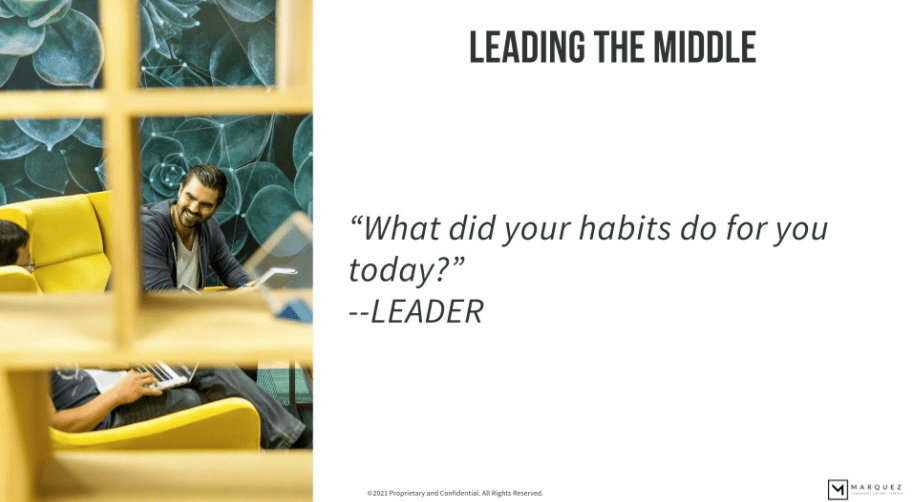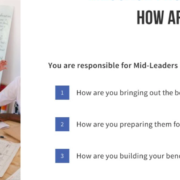Leading in the Middle: Assessing your Team
Imagine the candid conversations you can have where you focus on the employee, and the team.
Okay, leaders, you are wrapping another year. It was a challenging year filled with hybrid work adaptation, vaccinate or not, economic uncertainty, the great resignation, and the continued fight for social justice. With that backdrop, how do you feel? How does your Team feel? Was it a successful year for you, for your Team?
This is a common time for periodic or annual counseling. What do you have to say to your individual Team members? Is it the same old stuff about how they performed against company attributes? A few lines about their potential? When you look in the mirror, what do you say to you? Are your affinities and skills aligned? Christopher Kolenda, Ph.D., and Strategic Leaders Academy created a simple yet powerful way to look at your employees and yourself and so that you can raise the level of those important conversations.
As the quad chart shows, you have affinity on the north-south axis and skills on the east-west axis.
The resultant quads tell you and the employee where they are on affinity/skills alignment. During their counseling session, use this quad chart to show your employee how you view their performance. Then ask them how they feel and watch the realization set in.
– Mismatch (Low skills, low affinity) – those in this quad may be in the wrong job. The chances are that they are struggling with the work, and if you ask them, they do not enjoy the work. Ask them difficult questions about how they feel.
– Burnout (High skills, low affinity) – high performers who do great work but are not happy. They can make things work for a short period but know that they are likely looking for something else. If you don’t address misalignment, disruptive behavior can manifest itself. Job and company satisfaction is waning.
– Growth (High affinity, low skills) – great attitude, enjoys the work but needs more experience. You can see and feel their excitement about their work. They will do what it takes to get the job done. Focus on their growth and development.
– Empowered (High affinity, high skills) – great attitude, enjoys the work, and good at what they do. Has the experience and enjoys the confidence of others. The alignment of affinity and skills taps into their superpowers.
On two recent occasions, leaders I know used this approach to help them begin the difficult conversation of reorienting employees to other career choices. While difficult at first, the employees felt a burden was lifted, and they eventually appreciated their new direction and the leader’s honesty. The opposite is also true where you can boost an employee’s confidence and commitment as you discuss their good work and great potential.
Imagine the candid conversations you can have where you focus on the employee. Your self-assessment may be quite revealing too. Are you ready?










